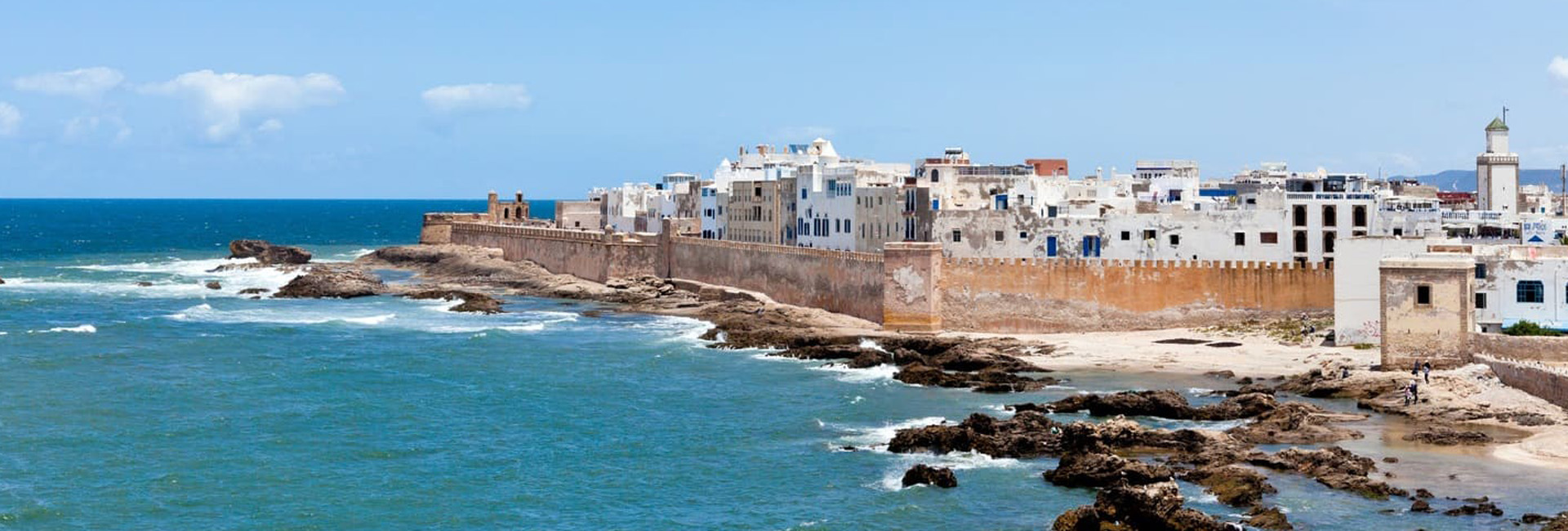


Essaouira
Essaouira
The foundation of the city of Essaouira itself will be the work of Sultan Mohammed ben Abdallah, who launches its construction from 1760 and made an original experiment by entrusting it to several renowned architects, in particular Théodore Cornut, who traces the city plan, and with the mission of building a city adapted to the needs of foreign merchants. Once built, it continues to grow and experiences a golden age and exceptional development, becoming the most important commercial port in the country but also its diplomatic capital between the end of the 18th century and the first half of the 19th century. It is also becoming a multicultural and artistic city.
The situation of the city deteriorates considerably between the end of the XIXth century and the beginning of the XXth century following the bombardment which it undergoes in 1844 then with the installation of the French protectorate in 1912. It loses of its importance and does not exist. is no longer the international port and the diplomatic capital of the country. After independence, the departure of the Jewish community also caused very significant economic damage to the city.
However, since the end of the 20th century, Essaouira has experienced a spectacular renaissance mainly due to tourism, but also to its cultural vocation. The medina of Essaouira has been a UNESCO World Heritage Site since 2001.
The foundation of the city of Essaouira itself will be the work of Sultan Mohammed ben Abdallah, who launches its construction from 1760 and made an original experiment by entrusting it to several renowned architects, in particular Théodore Cornut, who traces the city plan, and with the mission of building a city adapted to the needs of foreign merchants. Once built, it continues to grow and experiences a golden age and exceptional development, becoming the most important commercial port in the country but also its diplomatic capital between the end of the 18th century and the first half of the 19th century. It is also becoming a multicultural and artistic city.
The situation of the city deteriorates considerably between the end of the XIXth century and the beginning of the XXth century following the bombardment which it undergoes in 1844 then with the installation of the French protectorate in 1912. It loses of its importance and does not exist. is no longer the international port and the diplomatic capital of the country. After independence, the departure of the Jewish community also caused very significant economic damage to the city.
However, since the end of the 20th century, Essaouira has experienced a spectacular renaissance mainly due to tourism, but also to its cultural vocation. The medina of Essaouira has been a UNESCO World Heritage Site since 2001.